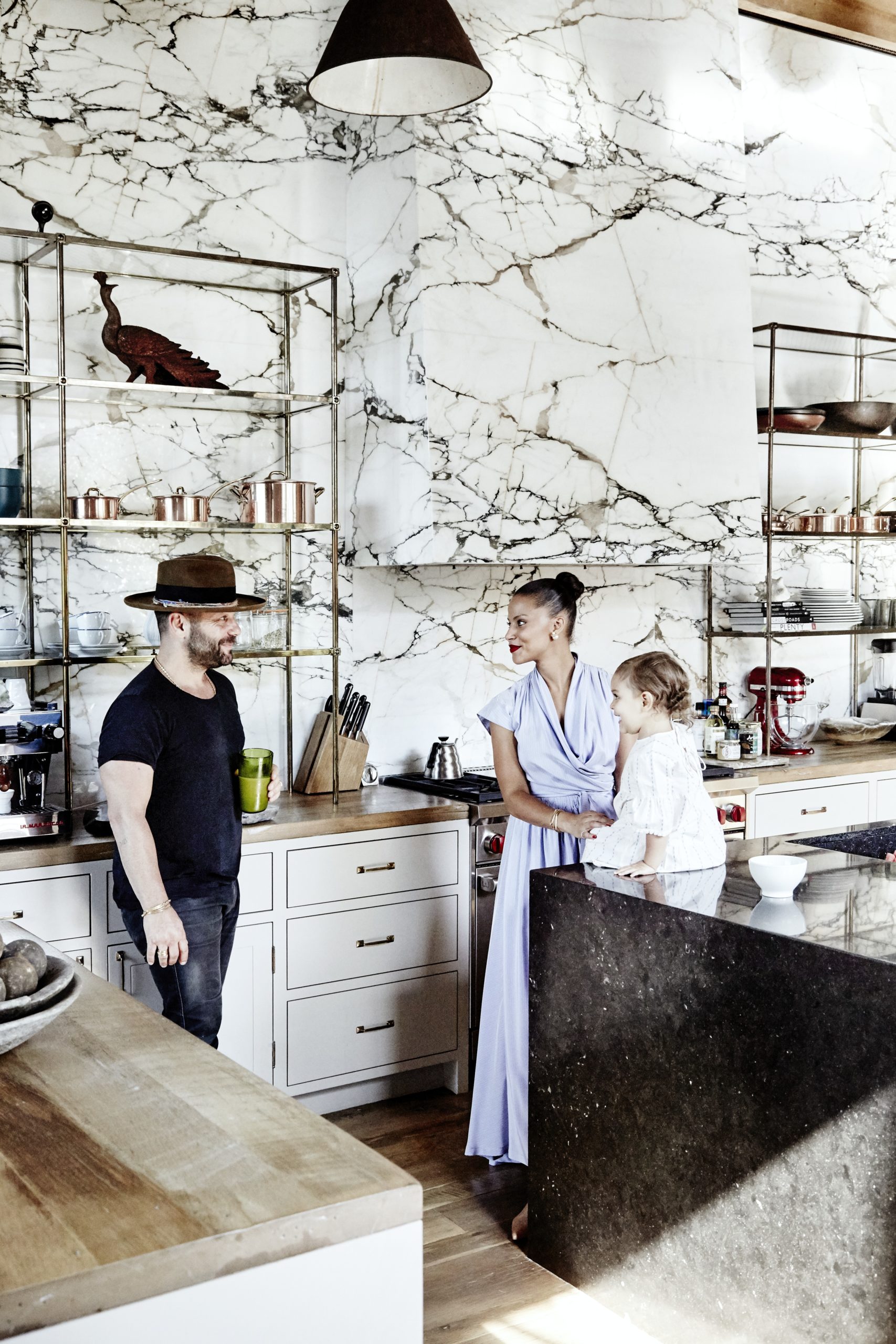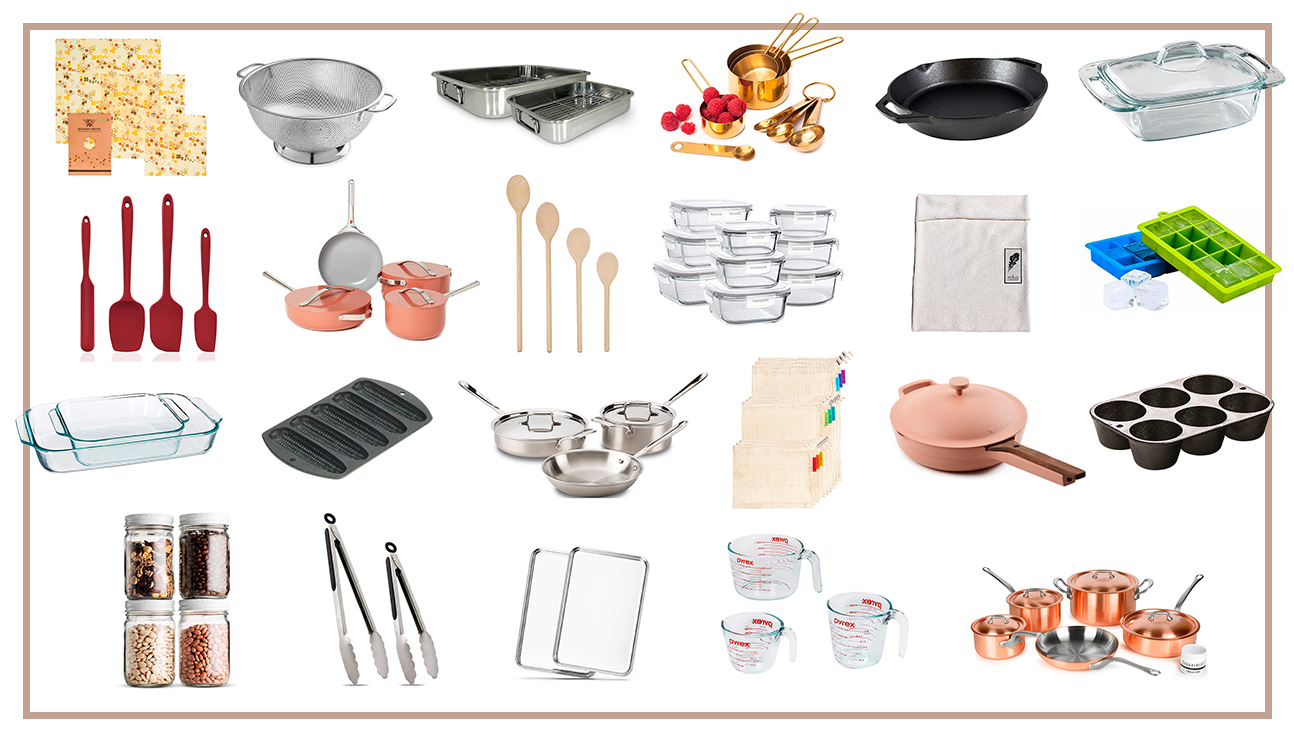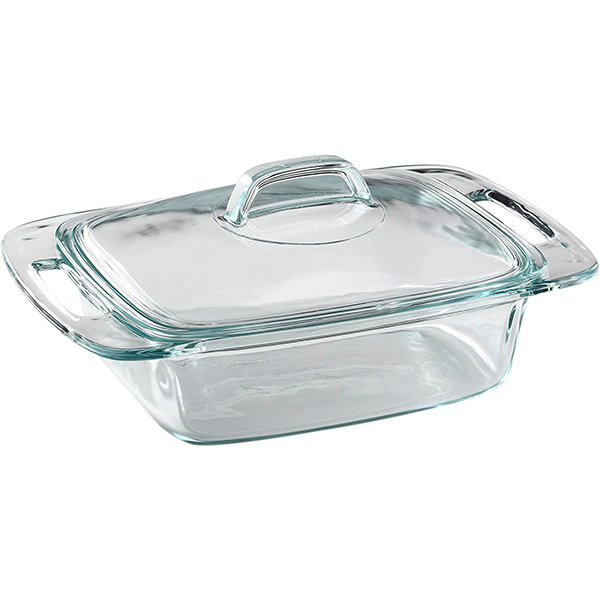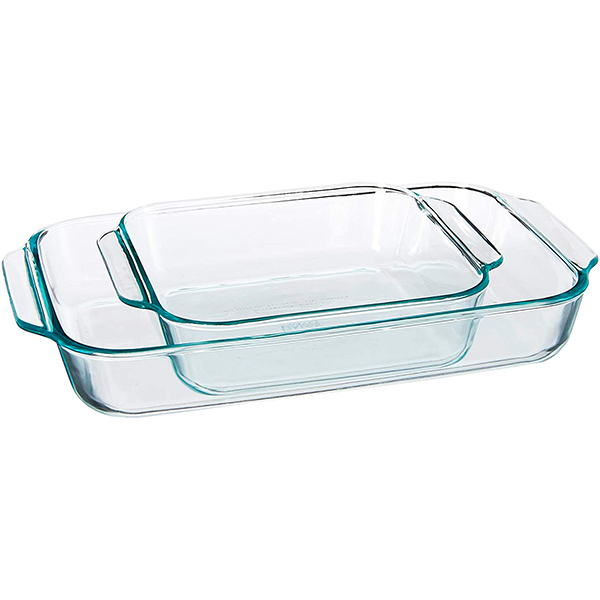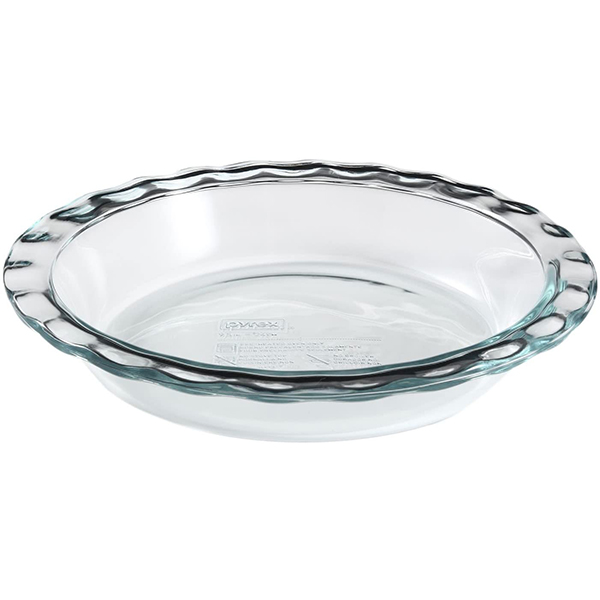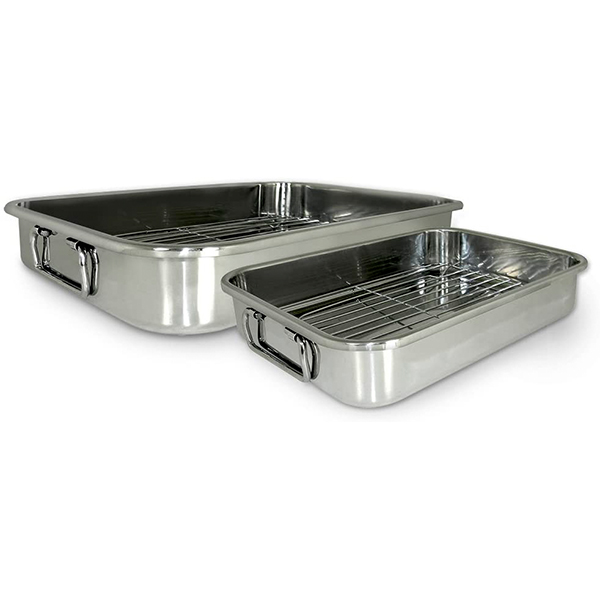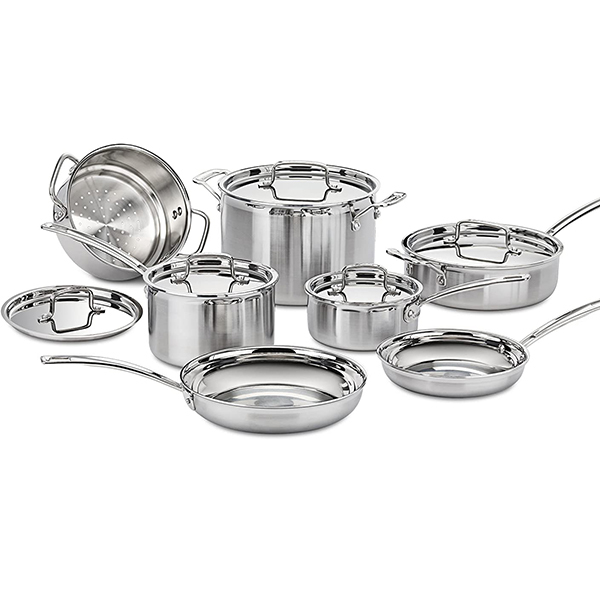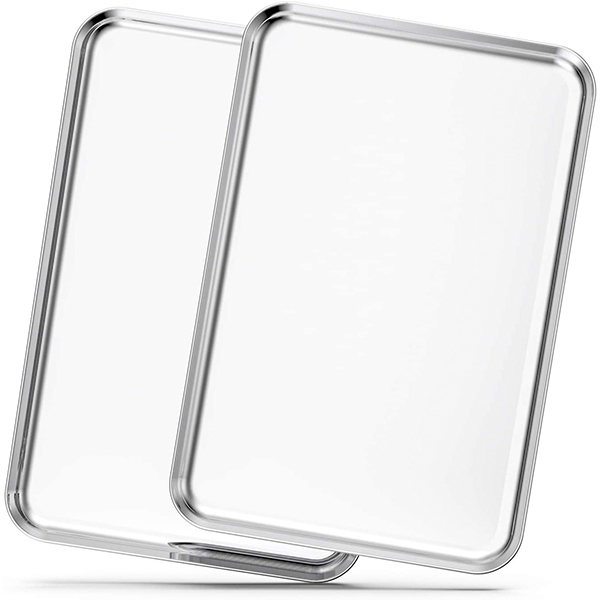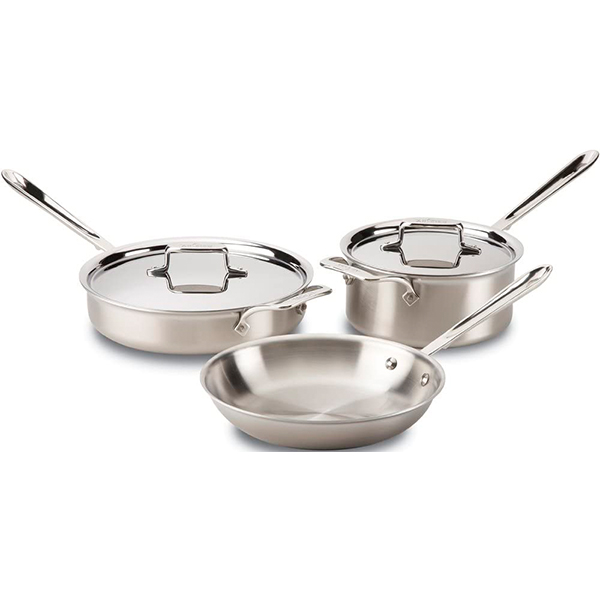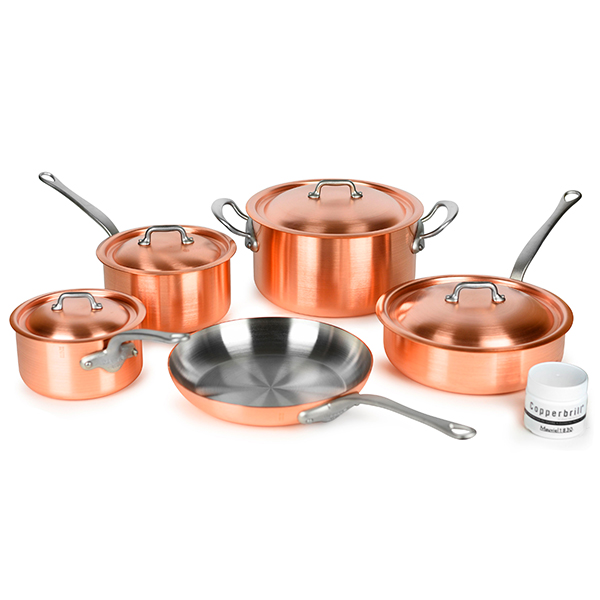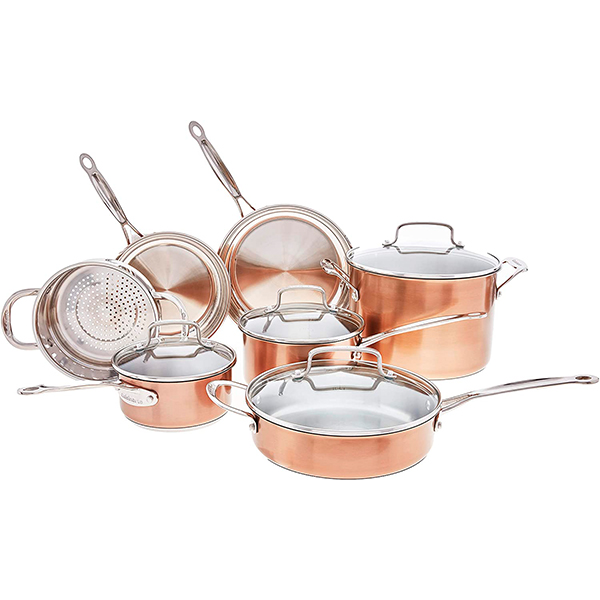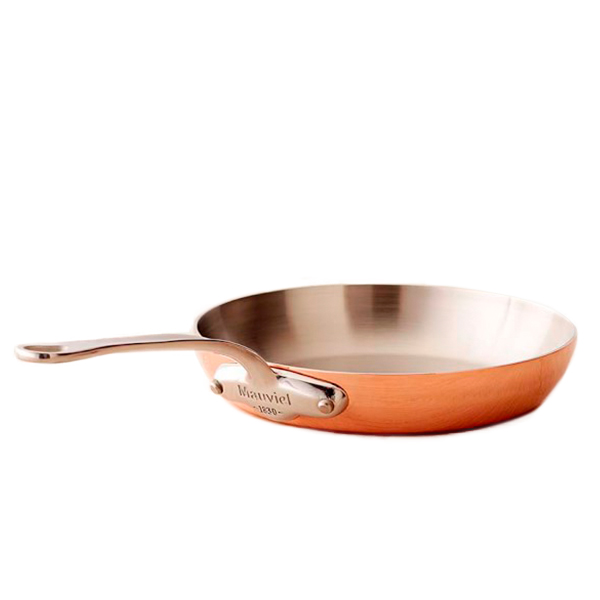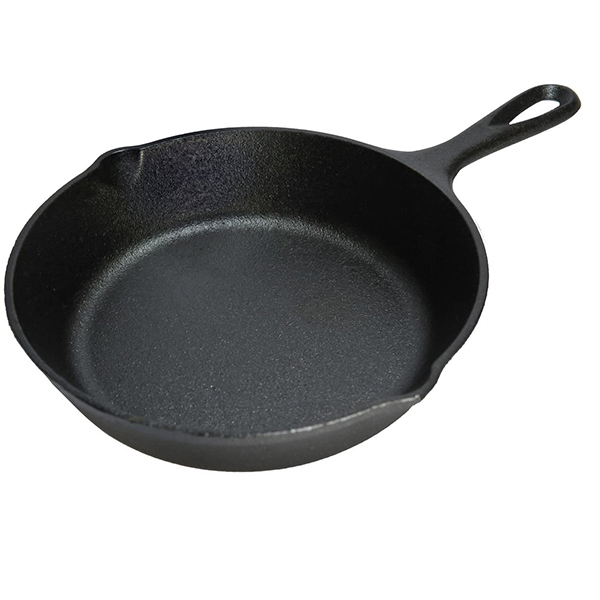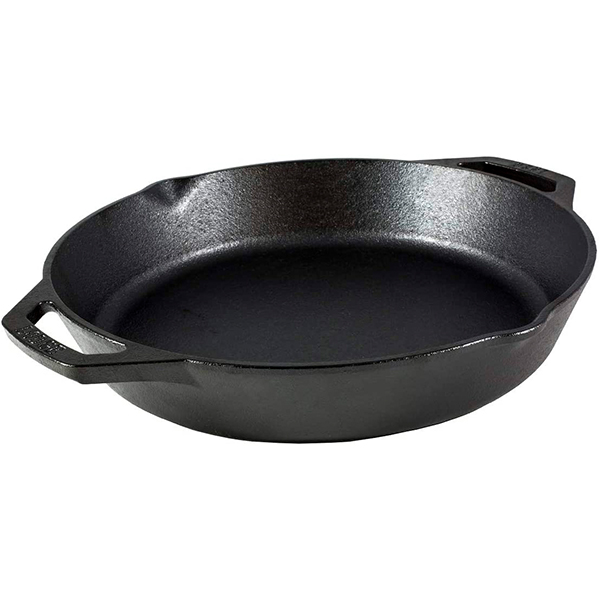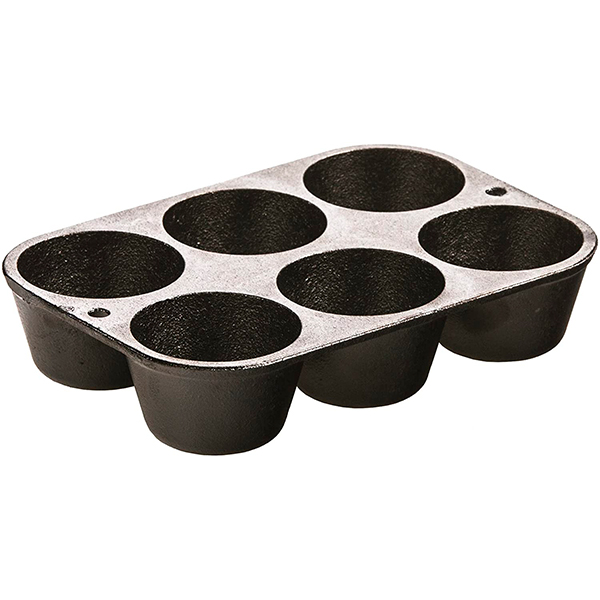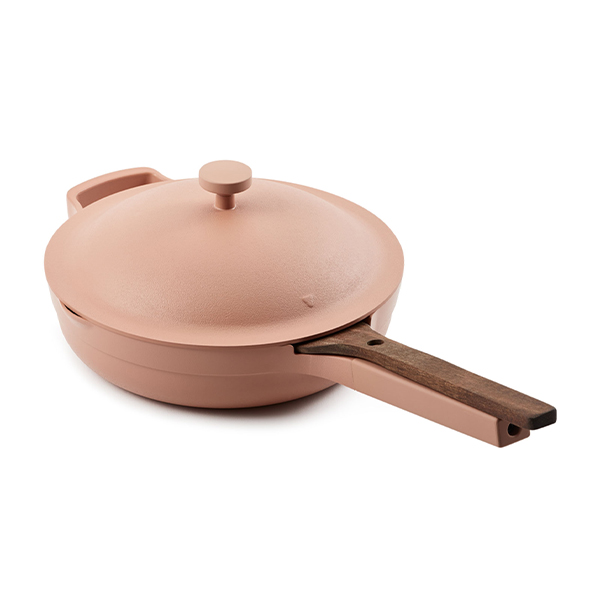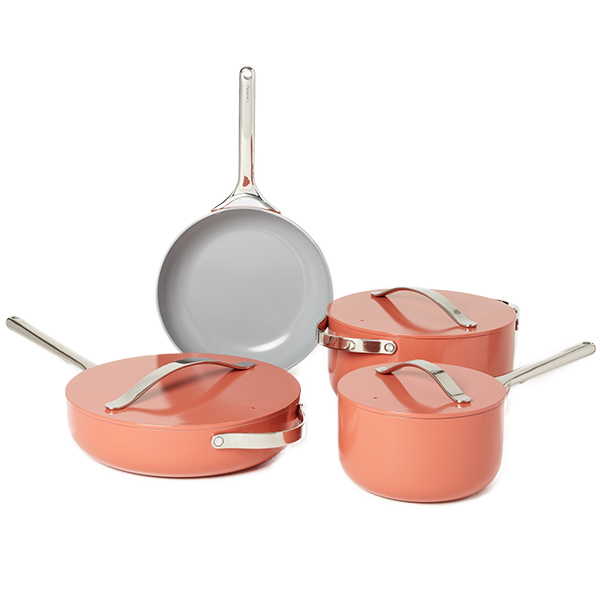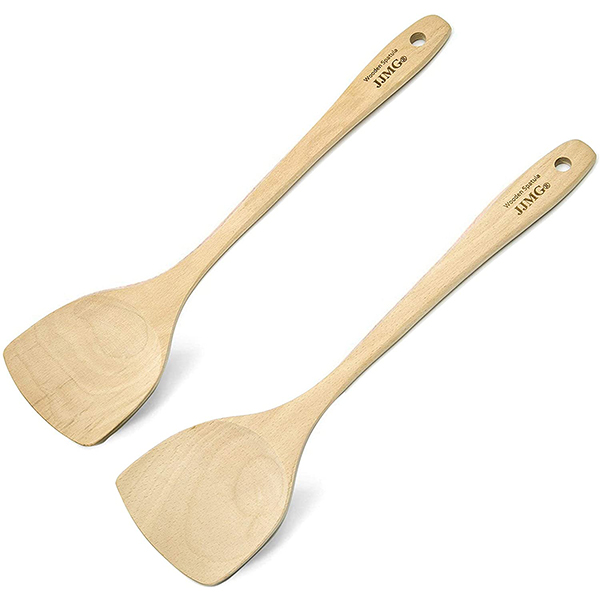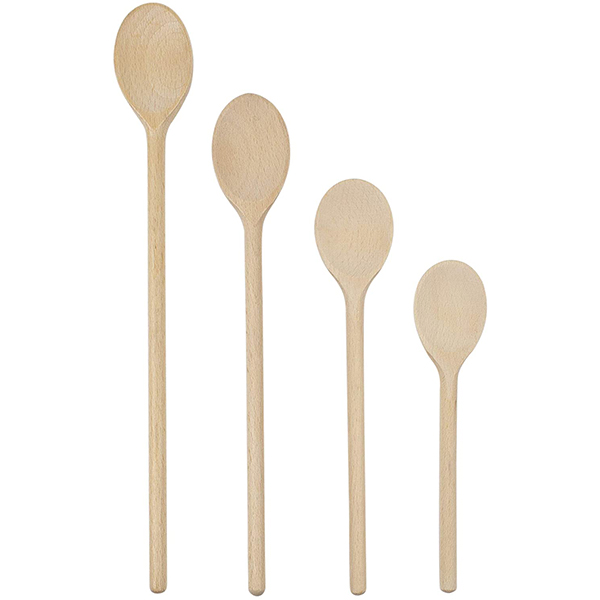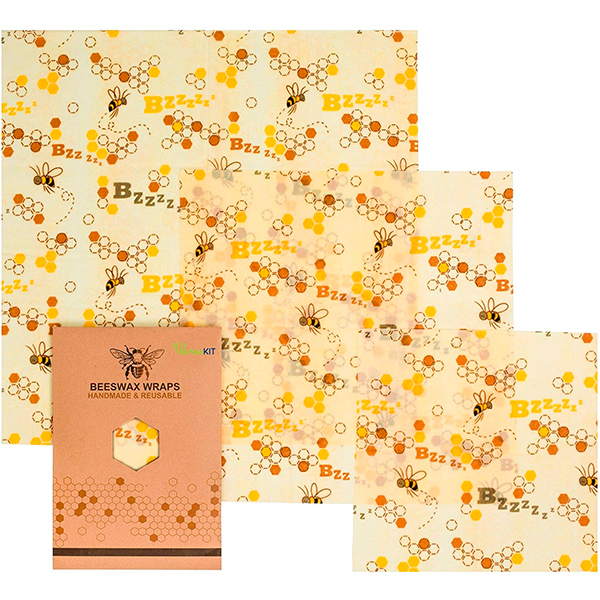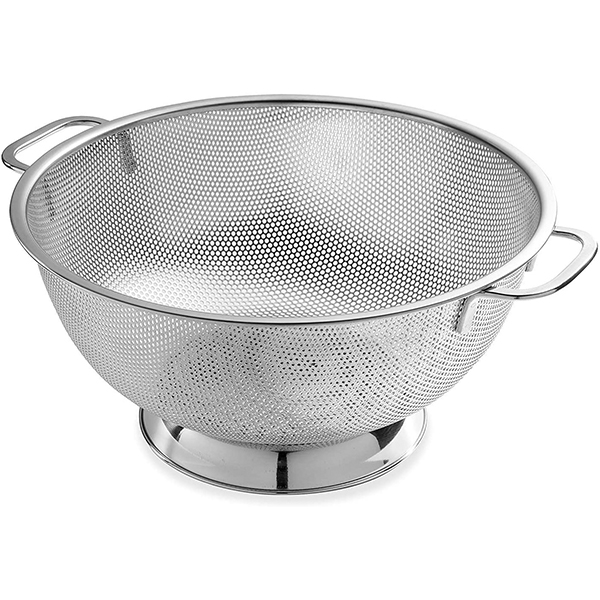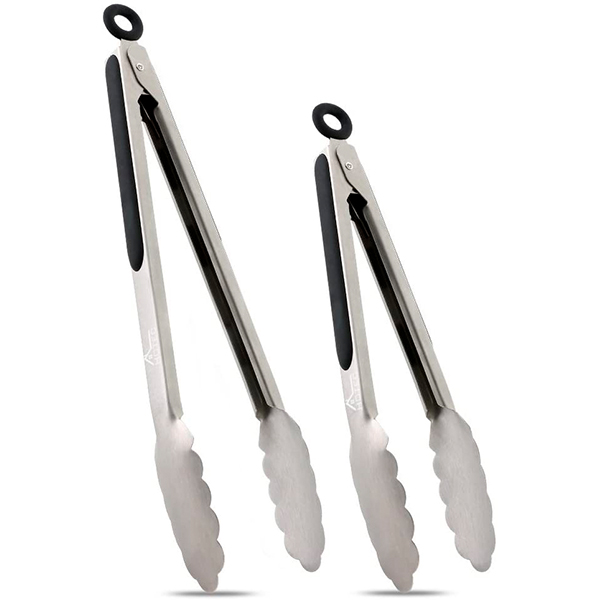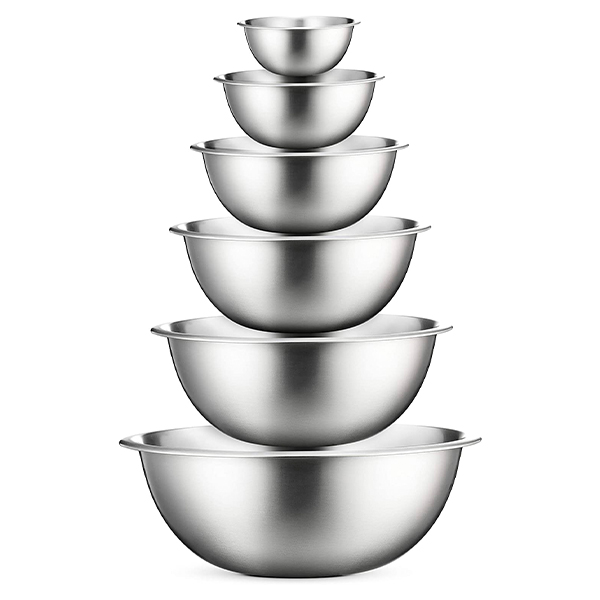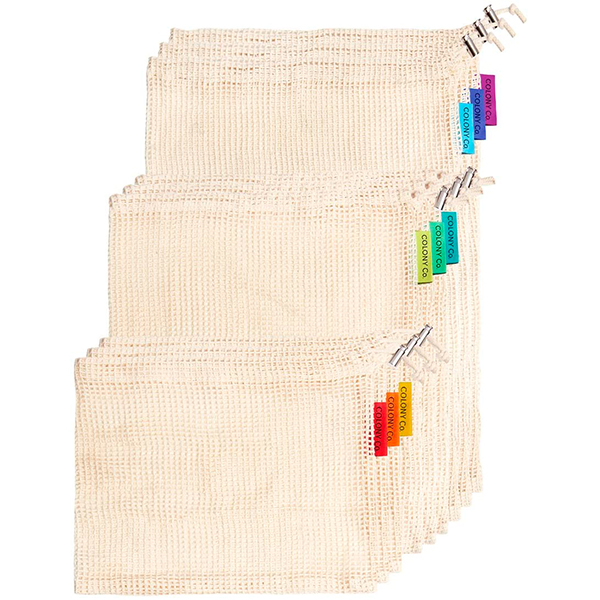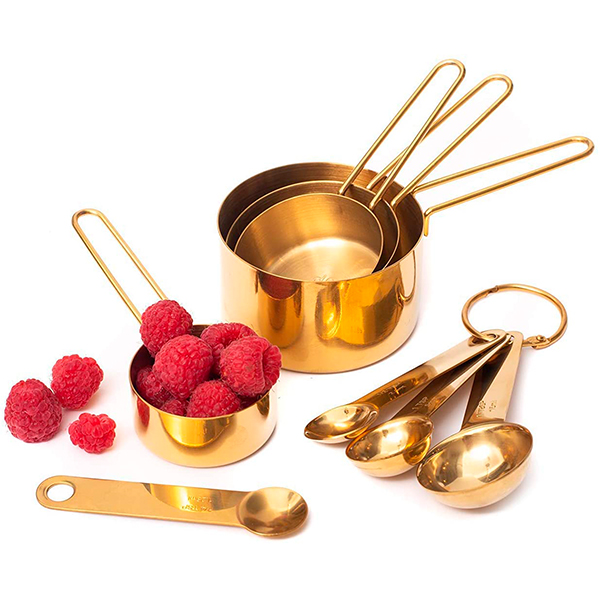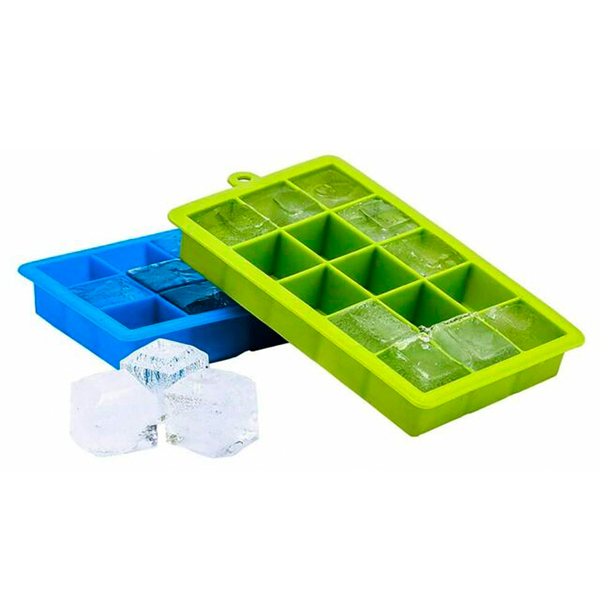Your Guide to Non-Toxic Cookware & Kitchen Utensils
Denise Vasi
Reducing toxins at home with non-toxic cookware has become a priority for many this year. Using non-toxic cookware is a great place to start. Since we all are spending more time in our kitchens and cooking almost every meal, it makes sense that we reevaluate our choices and look to make better and healthier purchases for the home.
Investing in safe cookware and kitchen accessories ensures that every meal made at home has a positive impact on you and your family’s health. Simply put, it doesn’t matter if you’re buying organic produce only to then cook in pots that are leaching harmful chemicals.
Ahead you’ll find my picks for non-toxic cookware, cooking tools, and utensils. These are the items I have and use in my home every day.
Toxic Cookware to Avoid
These are the items you need to let go of and here’s why:
Non-stick/Teflon pans:
Most traditional non-stick pots and pans are coated in PTFE (polytetrafluoroethylene), this human-made plastic compound was formerly made with perfluorooctanoic acid (PFOA), but as of 2015, PFOA has been banned. Still, PTFE has been proven to release toxic fumes into the air and your food when overheated. These airborne fumes have been known to kill birds and even result in humans showing flu-like symptoms. Additionally, as Teflon ages, it tends to chip and flake, putting you in danger of ingesting toxic particles. Potential health risks include infertility, cancer, kidney damage, liver damage, immune dysfunction, and thyroid dysfunction.
Old, unlined or nickel lined copper pots:
Although your grandparents’ hand-me-down copper pots are what rustic kitchen dreams are made of, you may want to consider using them as decor rather than to cook. When we cook acidic foods, the acid corrodes the unlined copper, and this can result in a toxic byproduct that makes its way into your food.
You also want to avoid copper cookware lined with nickel due to the potential risk of an allergic reaction. While you typically don’t see nickel pieces in stores today, you can still find them in secondhand shops and on resale sites like eBay and Craigslist, so beware.
Plastics:
When used with heat or under acidic conditions, plastic has been found to release unwanted chemicals into food, so avoid combining plastic and food whenever possible. Health concerns surrounding plastics include the disruption of hormones—estrogen especially, the potential higher risk of heart disease, liver toxicity, diabetes, respiratory issues, and more! When it comes to children’s developmental, learning and even behavioral problems have been connected to high doses of BPA and Phthalates, the two most common and problematic chemicals found in plastics.
Non-Toxic Cookware
These are my picks for cleaner and safer cookware, cooking tools, and utensils.
Cookware
Glass
I love using glassware for casseroles because glass retains heat better than metal and because glass is one of the easiest cookware materials to clean. I find this especially helpful during the holidays when I’m cooking my annual family dinner, and I’m making multiple dishes.
Cons: It is glass. So handle with care. Drastic temperature changes could cause your baking pan to shatter, so let dishes cool down before placing them in the refrigerator.
Stainless Steel
Stainless steel is an excellent choice for cooking and baking because it is durable and non-reactive. As long as the pots and pans you are using are made from quality stainless steel, you won’t experience any nickel and chromium leaching—something you need to consider when purchasing lower-priced sets.
Stainless steel cookware is an easier material to preserve and maintain, and you can get a quality non-toxic cookware set at a more affordable price.
When cooking, heat your pan first and then add cold oil to avoid sticking. When baking, don’t forget to grease your pan to prevent sticking or use my favorite parchment paper to line pans and baking sheets.
Copper
While copper cookware is a significant investment, it’s worth every penny. Copper heats much quicker and cooks more evenly than stainless steel, allowing you to better regulate the temperature, making the chances of overcooking or burning your food slim. Copper pots also retain heat for a much longer time.
What makes the copper sets we know and love today different from grandma’s copper pots? They’re lined with stainless steel.
Tip: If copper pots feel like a big splurge right now, add these to a wishlist or special occasion registry. I placed two of the copper sets below on my wedding registry list and received both! One set from my mom and the other, my father-in-law. Score!
Cast Iron
Cast iron lasts forever and is another kitchen investment you shouldn’t be shy away from. I truly believe that every home should have at least one cast iron pot. Cooking with cast iron cookware has countless benefits like even heat distribution, incredible heat retention, and no-frills cooking. On some nights, clean up involves nothing more than a quick wipe down with a damp or oiled rag. When seasoned correctly, your cast iron skillet is naturally non-stick. Also, the more you use it, the better it becomes.
Ceramic/Safer Non-Stick Options
If you’re looking for non-stick results without the potential harm of Teflon, consider Caraway and Our Place, two new direct-to-consumer brands that are redefining the cookware space. Both are ceramic coated, high-quality aluminum cookware.
Caraway totes a mineral-based ceramic coating free of PTFE, PFOA, PFA, lead, cadmium, nickel, and toxic metals and offers a full cookware set. The cookware collection comes with a beautiful magnetic pan rack and a canvas lid holder. I bought a set for my parents for Christmas, and they love how their new pots and pans perform and how they look.
Our Place’s “Always Pan” is designed to do it all. The one-stop-shop pan is made to handle all of your cooking needs by replacing your frying pan, saute pan, steamer, skillet, saucier, saucepan, and traditional non-stick pan. The Always Pan is free of PFOAs, PTFEs, other PFAs, lead, cadmium, GenX chemicals, toxic metals, and nanoparticles. I just received my Always Pan, and I’m thoroughly impressed with all that it can do. My husband loves the built-in spoon rest.
Both of these brands are fantastic, safer alternatives to traditional non-stick pans. Just be sure to wash your ceramic coated pots and pans by hand and use either wooden or silicone utensils to preserve their natural non-stick properties.
Non-Toxic Cooking Utensils
When it comes to stirring, whisking, and folding your food, silicone and quality wood are two safe and effective materials to use. Both of these prevent scratching on the bottom of your pots and pans, but silicone spatulas have high heat-resistance and are naturally non-stick. Wooden cooking utensils are durable and safe to use against non-stick surfaces.
Non-Toxic Food Storage Solutions
You can’t talk non-toxic cookware without discussing non-toxic storage solutions. Glass is my top pick when it comes to storing food. Whether in the form of a mason jar or various containers with snap lids, it’s the safest option for food storage. I also love reusable and washable Beeswax wraps for sandwiches and the extra-large crisper bag to keep my vegetables fresher for a longer time.



